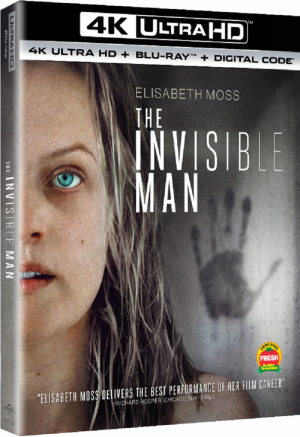REVIEW: The Deuce: The Complete Third Season
 As a teenager, I walked the streets of Times Square, warned about its squalid, sordid nature. It was clear from the movie marquees that porn was readily available along with peep shows and prostitutes were visible on many street corners.
As a teenager, I walked the streets of Times Square, warned about its squalid, sordid nature. It was clear from the movie marquees that porn was readily available along with peep shows and prostitutes were visible on many street corners.
HBO’s The Deuce filled in the gaps in my knowledge by exploring what went on inside those buildings as it expertly showcased the pimps, prostitutes, porn producers, and mobsters whose lives were inextricably intertwined along with the politicians, cops, and reporters on the fringes. From David Simon, George Pellicanos, and Richard Price, they brought their expert eye and storytelling skills to the three seasons, covering 1971-1985.
The Deuce: The Complete Third Season is now out on DVD from Warner Archive and gives us a chance to reflect and salute the show. Produced by and starring Maggie Gyllenhaal, she inhabited Eileen “Candy” Merrell as a hooker who aspired to more and set against the rising tide of feminism in American society, did whatever it took to become her own director, creating a sub-genre of “smart” porn. We watch her hustle to raise the funds and coax her cast, including Lori Madison (Emily Meade), into doing more than moan on command. As Eileen fought for everything, including the price of her relationship with her son, Lori skyrocketed to fame and fortune, then became a tragic figure.
Female empowerment grows throughout the series, notably with Abigail “Abby” Parker (Margarita Leieva), an upper-class college grad who winds up tending bar and getting deep into the left-wing politics of the day. Similarly, there’s Ashley (Jamie Neumann), a prostitute who transformed into an activist. Their stories are as compelling and vital as are the ones surrounding sex, drugs, and crime.
While their story was one pillar, so too was the story of twins Vincent and Frankie Martino (James Franco), one determined to keep the sordidness at arm’s length until he could go legit, while the morally-challenge other went for the quick buck regardless of consequences. Both worked for Rudy Pipilo (Michael Rispoli), the mob’s capo responsible for the sex industry. Their interactions build to a series of, ahem, climaxes this season which shows how insidious the business was regardless of how the financial model changed.
By jumping from 1977 to 1984, where most of the season is set, we watch the arrival of the video cassette recorder, transforming how porn was made, distributed, and consumed. After all, as has been proven time and again, porn is always on the leading edge of new technology with its purveyors among the earliest adopters. It’s interesting to watch as people scramble to adapt, adopt, and profit. Some are good at it, others feel left behind.
In a coda to the final episode, we jump to 2019 and there’s Vincent, seemingly the sole survivor, the winner after walking a tightrope for decades. He’s alone and seemingly adrift ina world he no longer recognizes as he strolls Times Square, now awash in garish lighting to appeal to tourists as the ghosts of all he knew and loved to keep him company.
The eight episodes are on DVD and look just fine, if not as crisp as the original cable broadcast. They are accompanied by the short feature Setting the Scene: 1985 along with the Inside the Episode discussions that ran with the original 2019 broadcasts.





































